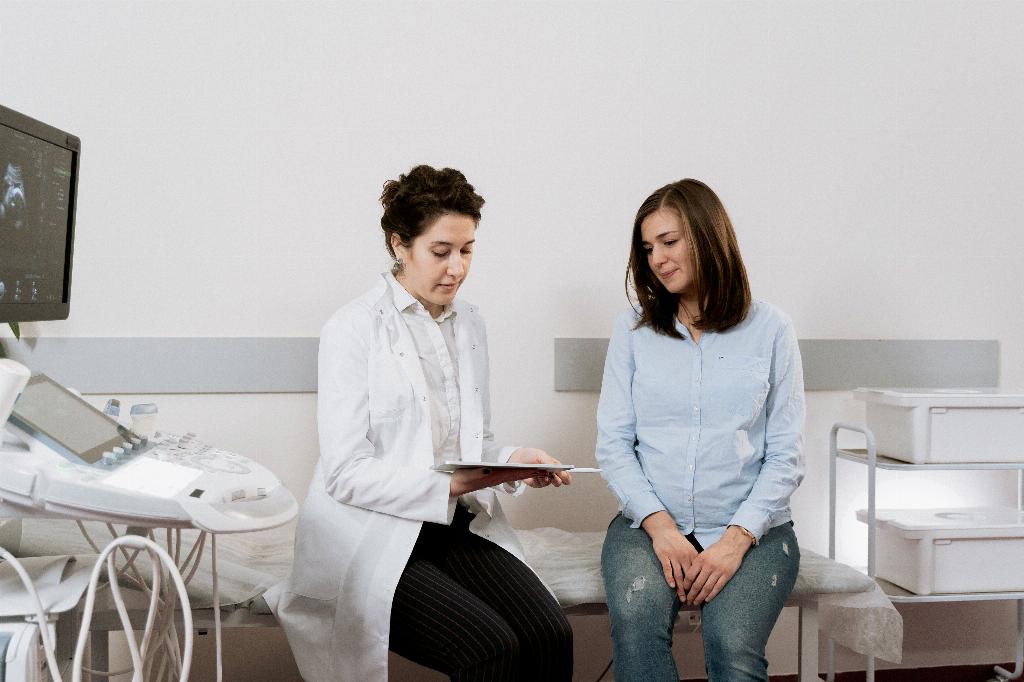When it comes to interpreting pregnancy test results, it’s essential to understand what an invalid positive result looks like. An invalid positive result can be confusing and raise questions about its accuracy. In this article, we will delve into the details of an invalid positive pregnancy test to provide clarity on what it means.
Interpreting Pregnancy Test Results
Before discussing what an invalid positive pregnancy test looks like, it’s crucial to understand how to interpret pregnancy test results accurately. A positive result typically indicates the presence of the hCG hormone, which is produced during pregnancy. However, an invalid result can occur due to various factors that affect the test’s reliability.
Identifying an Invalid Positive Result
One scenario that can lead to an invalid positive pregnancy test is when no red line appears in the control window (C) while a line appears in the test window (T). This discrepancy signals that the test may not have functioned correctly, leading to an inconclusive result that requires further investigation.
Reasons for an Invalid Positive Result
There are several reasons why an invalid positive result may occur. It could be due to using an expired or defective pregnancy test kit, improper testing technique, dilution of urine sample, or waiting too long to read the results. Understanding these factors can help determine the reliability of the test outcome.
Importance of Repeating the Test
When faced with an invalid positive pregnancy test result, it’s crucial to repeat the test using a new midstream urine test with a fresh device. This step can help confirm or refute the initial result and provide more accurate information about your pregnancy status.
Seeking Professional Guidance
If you encounter an invalid positive pregnancy test result or have doubts about its interpretation, it’s advisable to seek guidance from a healthcare provider. They can offer expert advice, conduct further tests if necessary, and provide support throughout the process.
Emotional Impact of Uncertain Results
Dealing with an invalid positive pregnancy test result can be emotionally challenging for individuals eagerly awaiting confirmation of their pregnancy. Uncertainty and confusion surrounding the results may lead to heightened anxiety and stress, underscoring the importance of seeking clarity.
Understanding False Positive Results
It’s essential to distinguish between an invalid positive result and a false positive result on a pregnancy test. A false positive occurs when the test erroneously detects hCG in the absence of pregnancy, often linked to certain medications or medical conditions.
Creating a Supportive Environment
During such uncertain times, creating a supportive environment and communicating openly about your concerns can help alleviate anxiety and promote a sense of understanding. Lean on your partner, friends, or healthcare provider for emotional support and guidance.
Practicing Self-Care
In the midst of navigating the complexities of an invalid positive pregnancy test result, remember to prioritize self-care. Engage in activities that bring you comfort and peace, practice mindfulness and relaxation techniques, and prioritize your emotional well-being.
Final Thoughts
Concluding this discussion on what an invalid positive pregnancy test looks like, it’s important to approach such situations with patience, understanding, and a proactive mindset. By seeking clarity, consulting healthcare professionals, and prioritizing self-care, you can navigate this challenging experience with resilience and grace.

